Optimal Timing for Fire Protection Installations
Determining the optimal time for fire protection installations depends on various factors including building construction phases, occupancy schedules, and regulatory requirements. Installing fire protection systems during the initial construction phase ensures integration with building infrastructure and reduces future disruptions.
Implementing fire protection systems during construction allows for seamless integration and compliance with safety standards.
Installing systems before occupancy ensures the building is fully protected from the outset.
Upgrading fire protection during renovations can address outdated systems and improve safety.
Timing installations to meet code deadlines helps avoid penalties and ensures legal compliance.
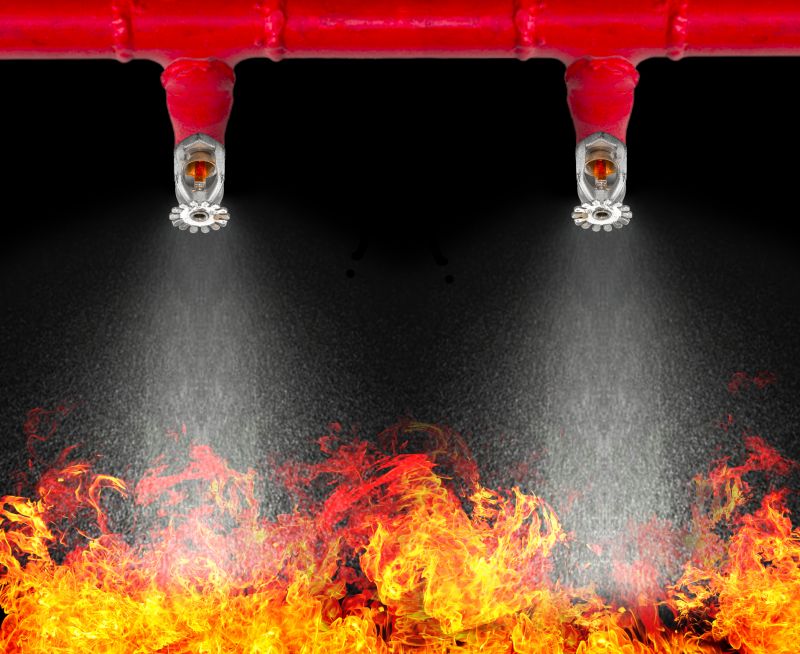
Ways to make Fire Protection Installations work in tight or awkward layouts.
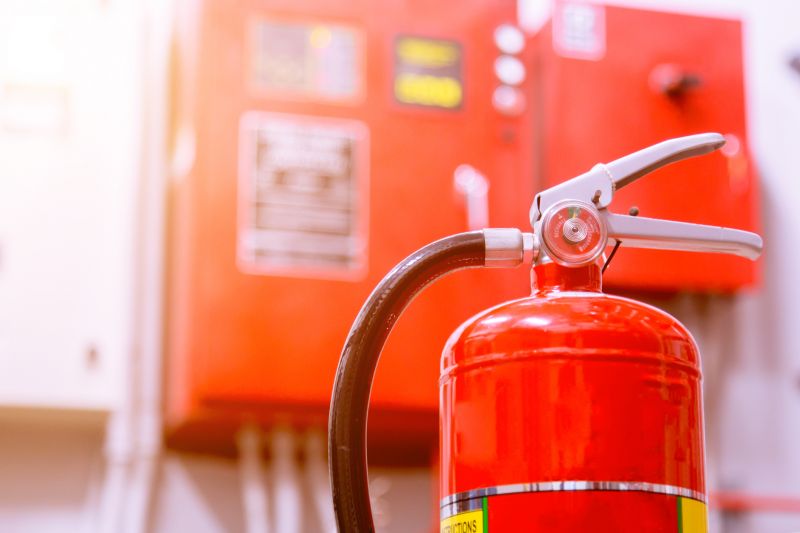
Popular materials for Fire Protection Installations and why they hold up over time.
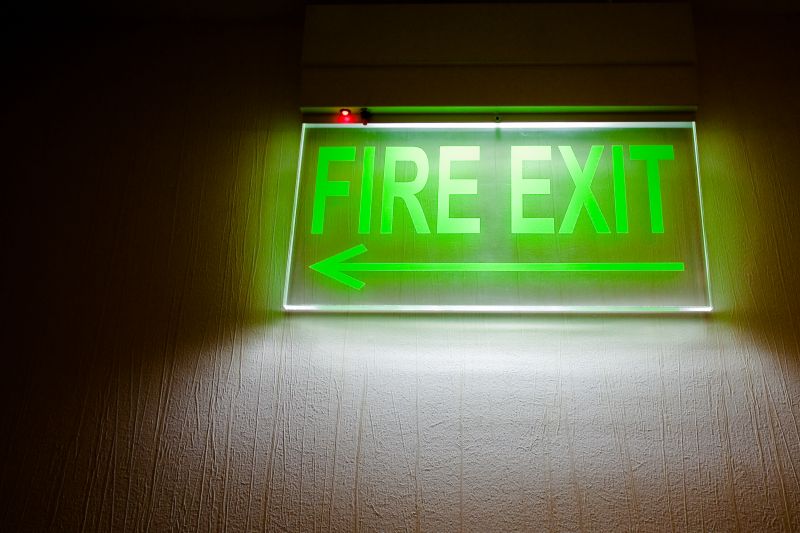
Simple add-ons that improve Fire Protection Installations without blowing the budget.

High-end options that actually feel worth it for Fire Protection Installations.

Finishes and colors that play nicely with Fire Protection Installations.
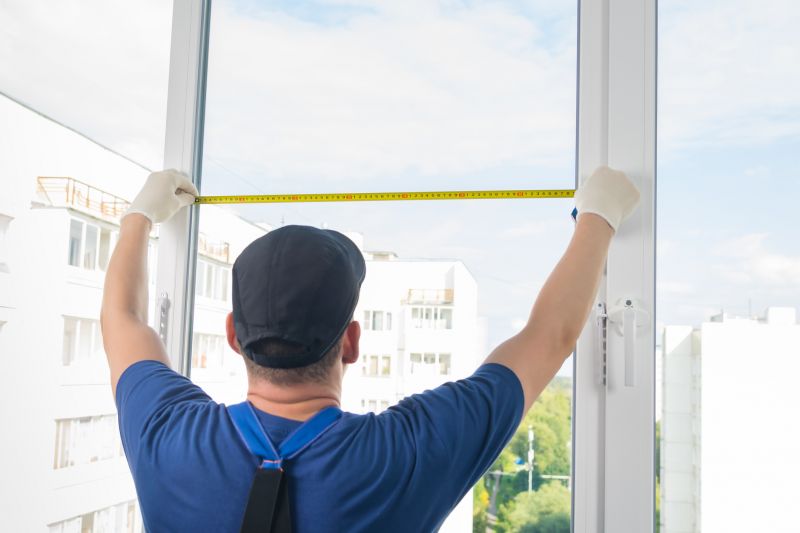
Little measurements that prevent headaches on Fire Protection Installations day.
Fire protection installations are critical components of building safety, designed to detect, suppress, and alert occupants to fire hazards. These systems include sprinklers, alarms, extinguishers, and emergency signage, all of which work together to minimize fire damage and protect lives. Proper timing of installation ensures these systems are operational when needed and comply with safety standards.
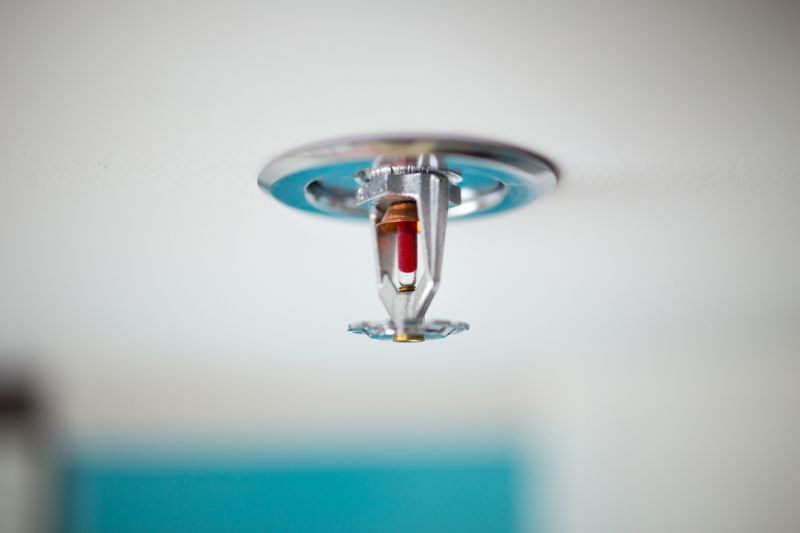
A 60-second routine that keeps Fire Protection Installations looking new.

A frequent mistake in Fire Protection Installations and how to dodge it.

Small tweaks to make Fire Protection Installations safer and easier to use.

Lower-waste or water-saving choices for Fire Protection Installations.
| Aspect | Details |
|---|---|
| Optimal Installation Timing | During construction or pre-occupancy for maximum effectiveness. |
| Regulatory Requirements | Installments should align with local safety codes and standards. |
| Building Type Considerations | Commercial, industrial, or residential buildings may have different optimal timings. |
| Occupancy Schedule | Installing before occupancy ensures safety from day one. |
| Retrofitting Needs | Upgrades should be scheduled during renovation periods. |
| Emergency Preparedness | Timing should support ongoing safety drills and training. |
| Budget Planning | Early planning can optimize costs and resource allocation. |
| System Testing and Inspection | Timing allows for thorough testing before use. |
Implementing fire protection systems at the right time enhances safety, ensures compliance, and minimizes disruption. Early installation during construction phases is often most effective, but upgrades and retrofits are also essential for maintaining safety standards over time.

The short, realistic tool list for quality Fire Protection Installations.
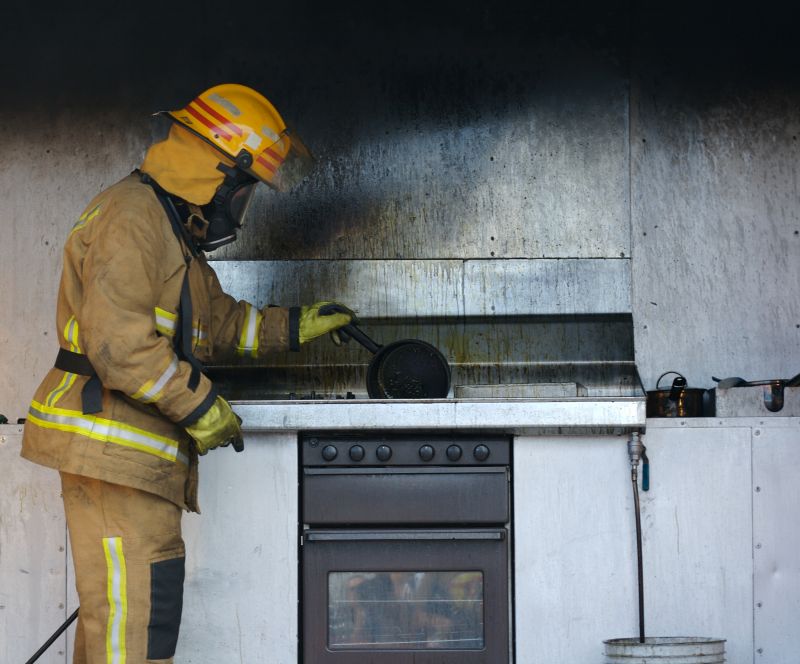
Rough timing from prep to clean-up for Fire Protection Installations.
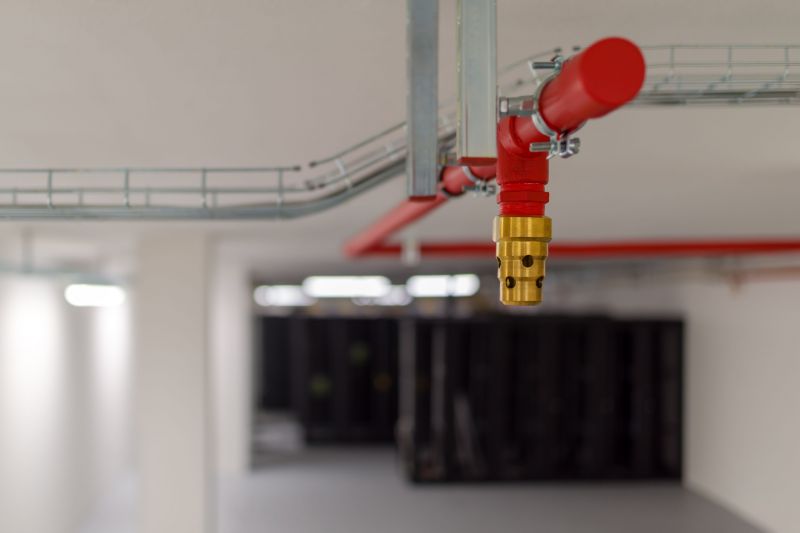
Quick checks and paperwork to keep after Fire Protection Installations.
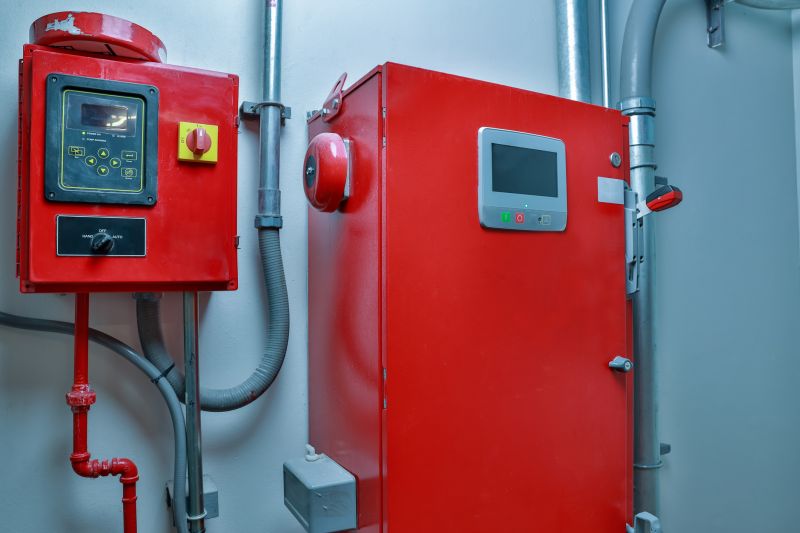
Examples that show the impact a good Fire Protection Installations can make.
Interested parties are encouraged to contact for more information on fire protection installation timing and planning. Proper scheduling and execution are essential to ensure comprehensive safety and compliance for any building project.



